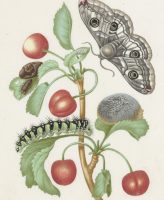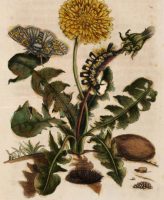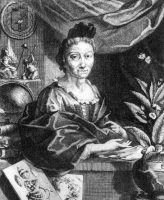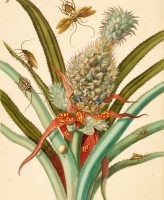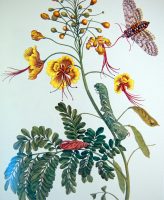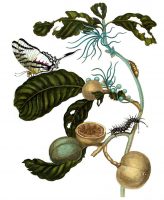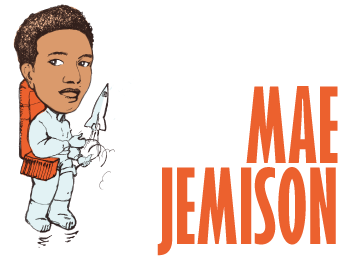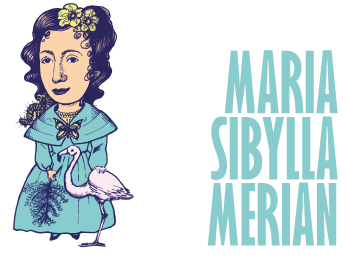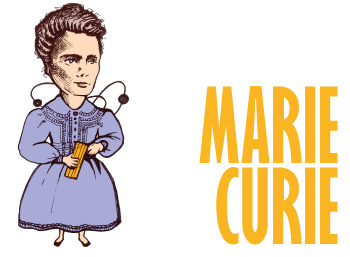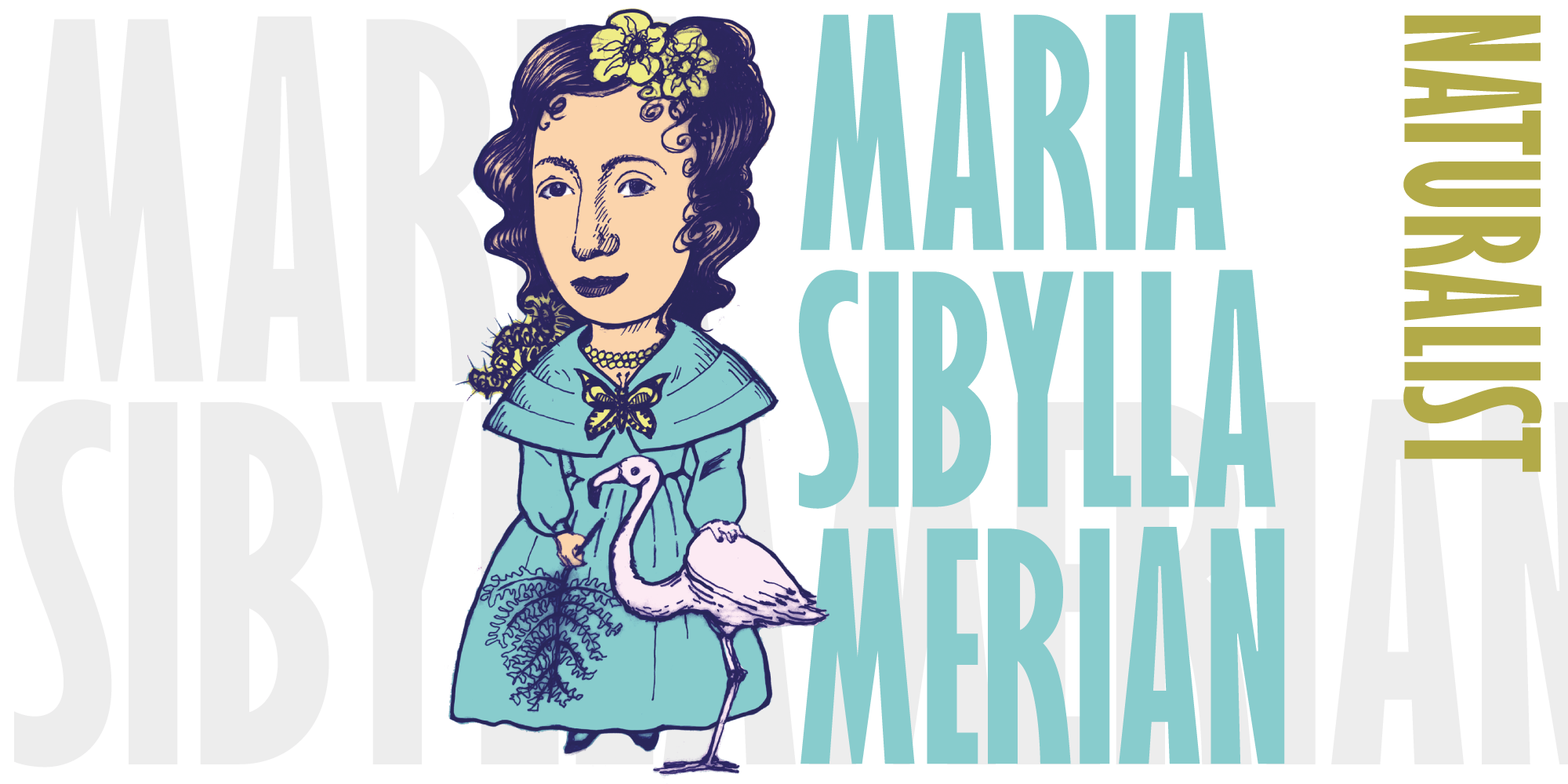 When and where was she born?
When and where was she born?
2 April 1647 in Frankfurt which was then part of the Holy Roman Empire. She died in 1717 in Amsterdam of complications from a stroke.
Fun facts
- When she was 45 her husband divorced her. She made a living selling her paintings of flowers and insects;
- The city of Amsterdam where she was living gave her permission to travel to Suriname in South America in 1699, to spend 5 years illustrating new species of insects;
- Maria was honoured by being pictured on a 500 Deutsche Mark note;
- Naturalist George Shaw named a tree-frog after her;
- Many naturalist illustrators have been influenced by her work. David Attenborough considers her one of the most significant contributors to entomology.
What’s important about her scientific work?
A naturalist and nature artist known for her beautiful illustrations of insects and plants, Maria was one of the first European naturalists to observe insects. As a leading entomologist of her time, she discovered many new facts about insect life.
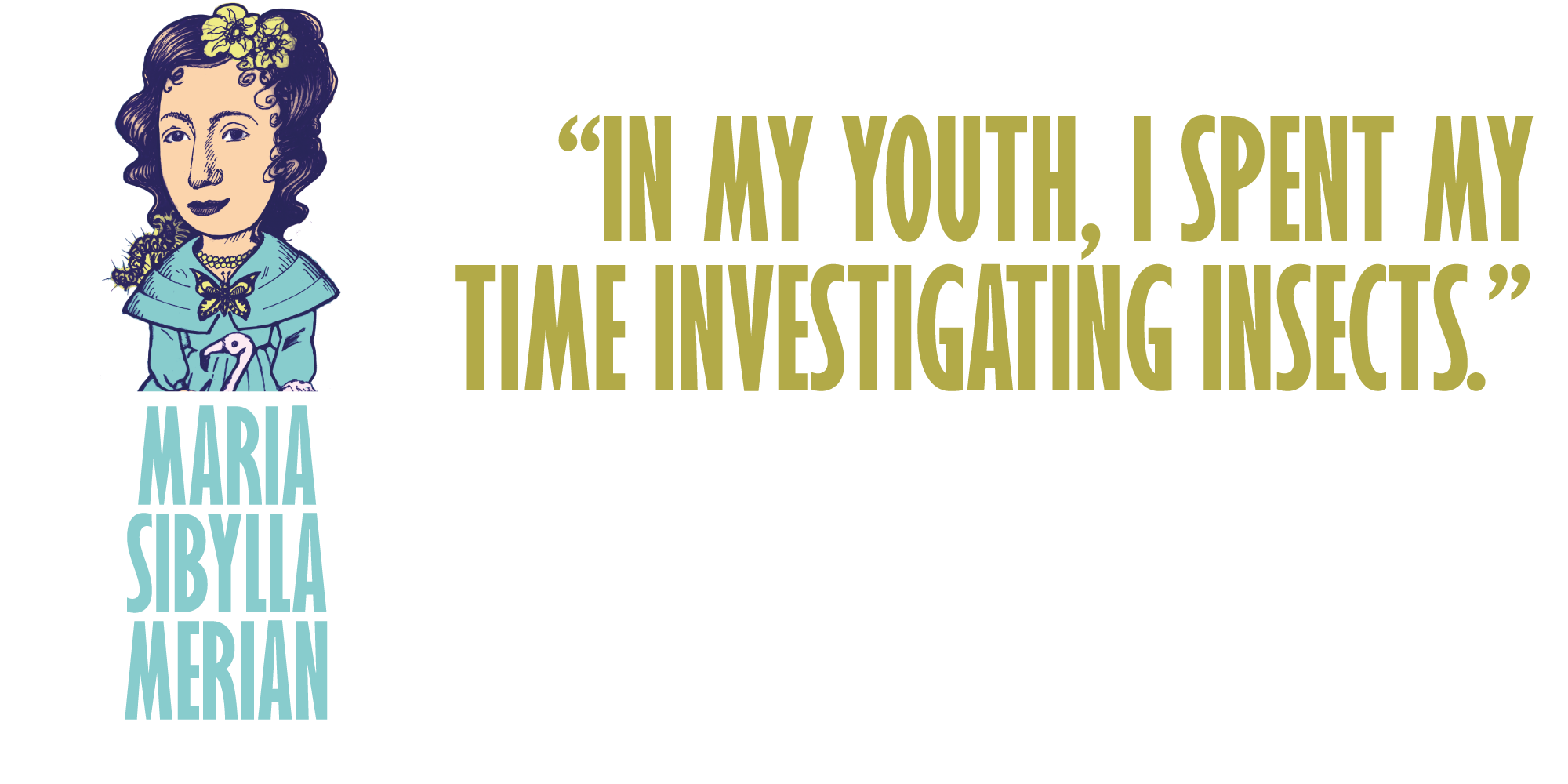
What do we know about her childhood?
Maria’s father was a famous illustrator, (art was clearly in her genes), but unfortunately died when she was three leaving her to be raised by her mother and stepfather, who was also a painter. Maria’s step-father taught her art at the family’s Frankfurt home where she collected insects and other specimens; in particular plants and caterpillars mostly. When she was 13 she started her own caterpillar collection so she could study the insects’ life cycle and metamorphosis into butterflies.
What struggles did she face?
- During her trip to Suriname, South America, she fell ill, and had to return which meant she didn’t have the chance to study everything in the amount of depth she wished to.
- In 1715 she had a stroke, and was partially paralysed. Despite this she continued to work.
What did she achieve?
- She was an incredible artist and between 1675 and 1680 she published a three volume Book of Flowers of watercolour engravings of popular flowers;
- Maria published her first study in 1679 called The wonderful transformation of caterpillars. It was considered the first complete description of the life cycle of some insects, and also their ecological relationships – it was the first time that animals, plants and insects were shown together;
- In 1705 she published The Metamorphosis of the Insects of Suriname which included 60 engravings illustrating and describing the different stages of development that she had observed in Suriname’s insects. It was the first such book about Suriname.

